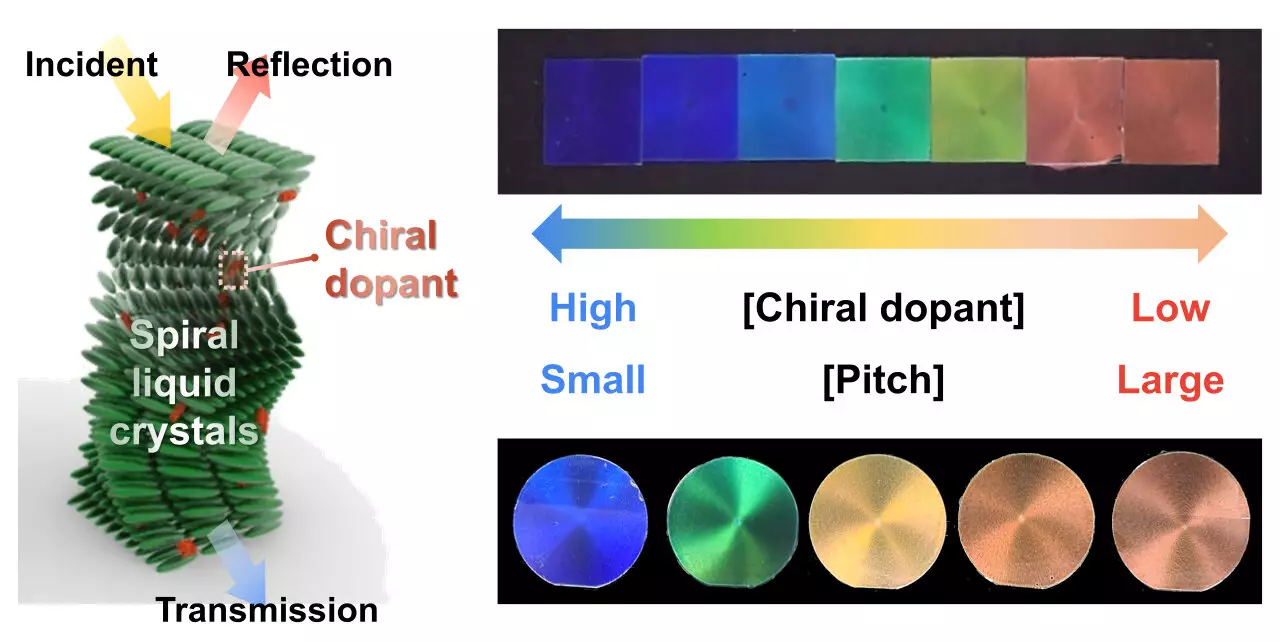In recent years, the interest in radiative cooling as an eco-friendly alternative to power-hungry air conditioners has been growing. Dr. Jin Gu, Kang, and his team at the Nanophotonics Research Center at the Korea Institute of Science and Technology (KIST) have made significant advancements in this field by developing a colorful radiation-cooling liquid crystal material that not only cools without external power but also emits color simultaneously.
Traditionally, radiative cooling materials for daytime use have been colored white to reduce sunlight absorption. While this approach provides excellent cooling performance, it limits the applications of these materials in buildings or vehicles that require aesthetics. The challenge has been to develop colored radiative cooling materials that can meet both cooling and aesthetics requirements simultaneously.
Dr. Jin Gu Kang’s team addressed this challenge by fabricating bent spiral liquid crystal photonic crystals. By using a commercial liquid crystal (LC242) and aligning it into a spiral using an inducer, they were able to create colored photonic crystals with vivid colors. Unlike traditional photonic crystals, which exhibit different colors depending on the angle, these new colored photonic crystals provide a consistent and vibrant color.
When combined with an upper transparent film and a lower metallic thin film, the colored radiation-cooling liquid crystal material achieved a temperature reduction of about 30.8°C lower than conventional colored paint and 3.1°C lower than ambient air in the middle of the day. This impressive performance makes the material suitable for reducing air conditioning consumption in buildings and vehicles where aesthetics are important. Additionally, it can provide power-free cooling for outdoor leisure items and military tents.
The development of this colorful radiation-cooling liquid crystal material represents a significant advancement in the field of radiative cooling technology. Its low-cost and simple fabrication process make it a promising solution for addressing the cooling needs of various applications while also enhancing aesthetics. Dr. Jin Gu Kang and his team’s innovative approach has the potential to revolutionize the way we think about cooling technologies in the future.


Leave a Reply